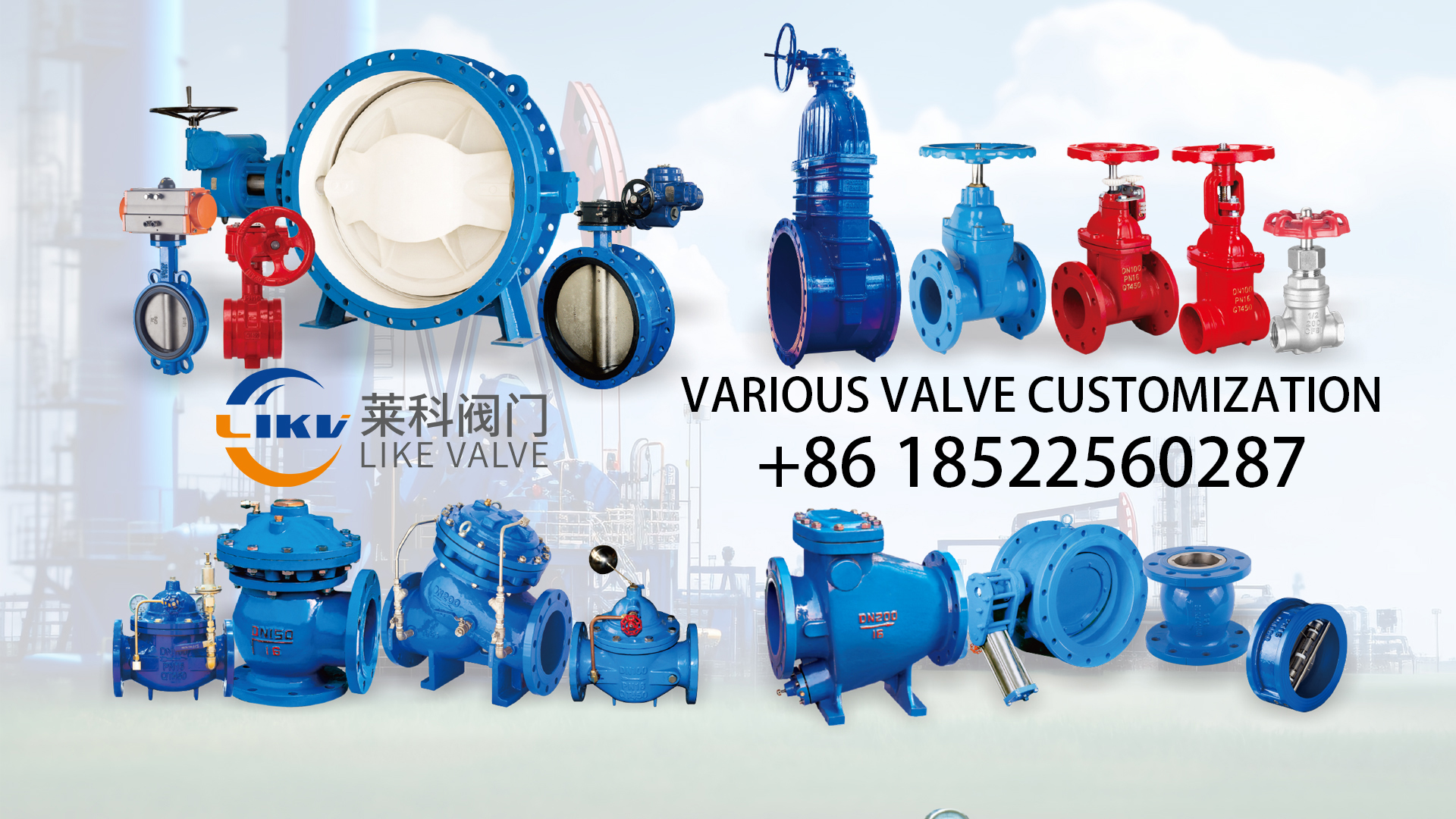With the wide application of natural gas, liquefied petroleum gas and other energy in the industrial and civil fields, the role of low-temperature pneumatic emergency shutoff valve in safety protection is becoming more and more important. In the extreme low temperature environment, the conventional pneumatic emergency shut-off valve often can not work properly, so the design and manufacture of low temperature pneumatic emergency shut-off valve is faced with many challenges. This article will explore these challenges and introduce some solutions to ensure safe performance in low temperature environments.
First, the selection of materials in low temperature environment
In the low temperature environment, the physical properties of the material will change, such as strength, toughness, hardness, etc., will be reduced. Therefore, it is very important to choose materials suitable for low temperature environment. For the low-temperature pneumatic emergency cut-off valve, the main need to consider the selection of materials such as valve body, valve cover, valve stem and sealing materials.
The valve body and valve cover need to withstand the combined effect of high pressure and low temperature, so it is necessary to choose materials with high strength, high toughness and good low temperature resistance, such as low carbon steel, stainless steel and so on. The valve stem needs to have sufficient strength and wear resistance, while considering the accuracy of its coordination with the valve body to ensure the sealing performance of the valve. Sealing materials need to have excellent low temperature resistance and chemical stability, such as fluorine rubber, silicone rubber and so on.
2. Sealing technology in low temperature environment
In a low temperature environment, the hardness and toughness of the sealing material will be reduced, resulting in a decline in sealing performance. Therefore, in the design of low-temperature pneumatic emergency shut-off valve, special sealing technology is needed to ensure sealing performance.
A common sealing technique is to use a double seal structure, that is, a metal seal ring is placed between the seat and the stem to form a double seal. This structure can effectively prevent the leakage of the medium and improve the sealing performance of the valve. In addition, in order to prevent the fracture of the valve stem in a low temperature environment, the valve stem protective sleeve and other technologies can be used.
Third, the manufacturing process under low temperature environment
At low temperatures, conventional manufacturing processes may be affected, so special manufacturing processes are required. For example, in the manufacture of low-temperature pneumatic emergency shut-off valves, cryogenic treatment processes can be used to improve the low-temperature performance of components. In addition, during the processing of parts, special tools and machine tools are needed to ensure processing accuracy and surface quality.
The design and manufacture of low-temperature pneumatic emergency shut-off valve faces many challenges, but as long as effective measures are taken in material selection, sealing technology, manufacturing process, etc., it can ensure its safety performance in low temperature environment. In the future, with the continuous development of science and technology, it is believed that there will be more effective technologies, and the performance of low-temperature pneumatic emergency cut-off valve will be higher and higher.
Post time: Sep-08-2023





